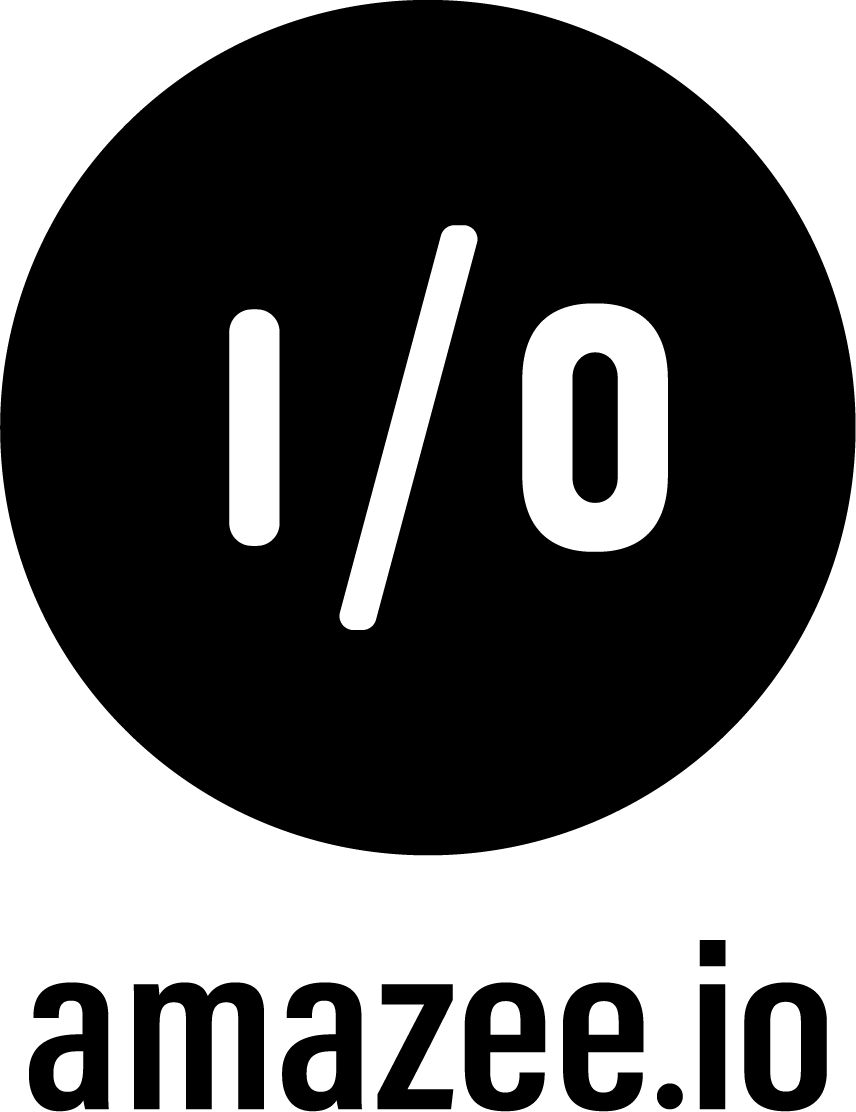Development
This guide contains information to help onboard developers to work on the NGINX integration, hereafter referred to as "the plugin".
Requirements
At the very least you will need to have the following installed:
- Lando 3.5.0+, preferably installed from source.
- Git
While not a hard requirement it's also probably a good idea to install both node 14 and yarn
Installation
# Clone this repo
git clone https://github.com/lando/nginx.git && cd nginx
# Install dependencies with lando
lando start
# Or install them with yarn
yarn
2
3
4
5
6
7
8
Working
This plugin contains various working and tested Lando apps in the examples folder. You should use these or create new ones to help with plugin development.
Note that each one of these examples contains the following section in its Landofile.
plugins:
"@lando/nginx": ./../../
2
This tells Lando that this app should use the source version of the @lando/nginx plugin you cloned down in the installation. This is useful because it allows you to isolate development within this repo without interferring with any other apps using the stable and global version of the plugin.
This means that you should almost always develop against apps in the examples folder and that those apps should always contain the above plugins config. If you have an extant Lando application you want to develop against you can temporarily tell it to use the cloned down version of the plugin with the same line.
plugins:
"@lando/nginx": /path/to/plugin
2
Whether you are working off an existing example or a new one you should make sure that you are updating or adding new tests as you go. See leia testing below for more detail.
Documentation
If you want to help with contributing documentation here are some useful commands once you've cloned and installed the project.
# launch local docs site
yarn docs:dev
# build docs locally
yarn docs:build
2
3
4
5
If you are more interested in the internals of the docs they use VuePress2 and our Special theme.
Testing
It's best to familiarize yourself with how Lando does testing in general before proceeding.
Unit Tests
Generally, unit testable code should be placed in lib and then the associated test in tests in the form FILE-BEING-TESTED.spec.js. Here is an example:
./
|-- lib
|-- stuff.js
|-- test
|-- stuff.spec.js
2
3
4
5
And then you can run the tests with the below.
# Run unit tests
yarn test:unit
2
Leia Tests
We do end to end testing with our made-just-for-Lando testing framework Leia. Leia allows us to define tests as a series of commented shell commands in human readable markdown files. Here is a simple example:
Start up tests
--------------
# Should start up successfully
lando start
Verification commands
---------------------
# Should be able to connect to all mariadb relationships
lando mariadb main -e "show tables;"
Destroy tests
-------------
# Should be able to destroy our app
lando destroy -y
2
3
4
5
6
7
8
9
10
11
12
13
14
15
16
17
Note that the headers here are important and are defined in our yarn generate:tests script. The Start up tests header specifies things that should run before the main series of tests. Verification commands is the main body of tests and is required. Destroy tests specifies any needed clean up commands to run.
If you check out the various READMEs in our examples you will notice that they are all Leia tests.
Before running all or some of the tests you will need to generate them.
# Generate tests
yarn generate:tests
# Run ALL the tests, this will likely take a long time
yarn test:leia
# Run the tests for a single example
yarn leia examples/mariadb-10.2/README.md -c 'Destroy tests'
2
3
4
5
6
7
8
If you've created new testable examples then you will also need to let GitHub Actions know so they can run on pull requests.
To do that you will either want to add the tests to an existing workflow that makes sense or create a new workflow. If you are creating a new workflow you should just copy an existing one and modify the filename and name key to something that makes sense.
To add the new tests to the workflow just modify jobs.leia-tests.strategy.matrix.leia-tests with the new tests.
jobs:
leia-tests:
strategy:
matrix:
leia-tests:
# This should be the filename, without .leia.js extension in the test directory
# NOTE that you will need to run yarn generate:tests to see these
- test: platform-sh-maria-db-10-1-example
# This should be the directory that the test was generated from
source: examples/mariadb-10.2
- test: platform-sh-maria-db-10-2-example
source: examples/mariadb-10.2
2
3
4
5
6
7
8
9
10
11
12
Now open a pull request and the new tests should run!
For a deeper dive on Leia you can go here.
Contribution
If you want to contribute code then just follow this flow.



